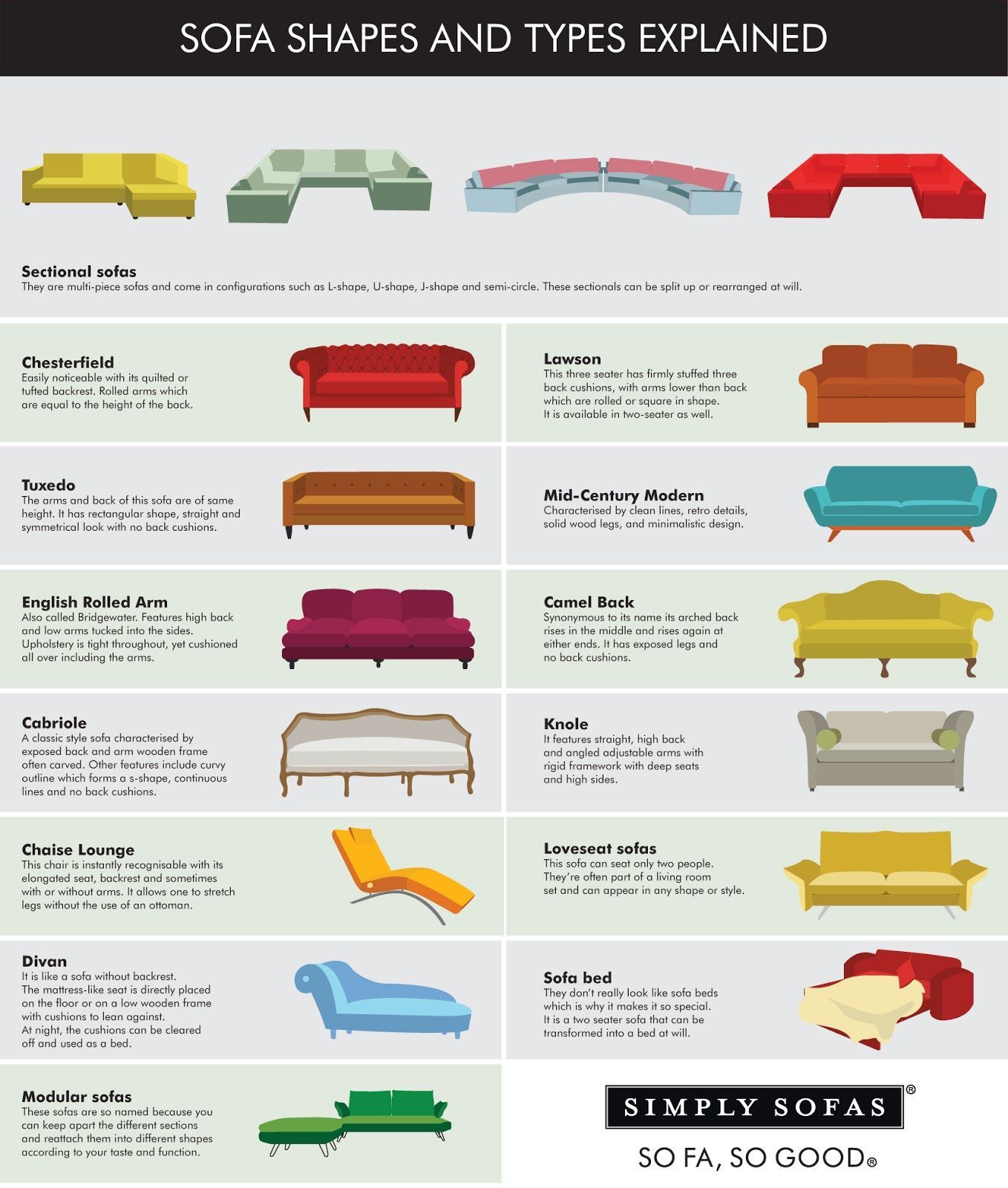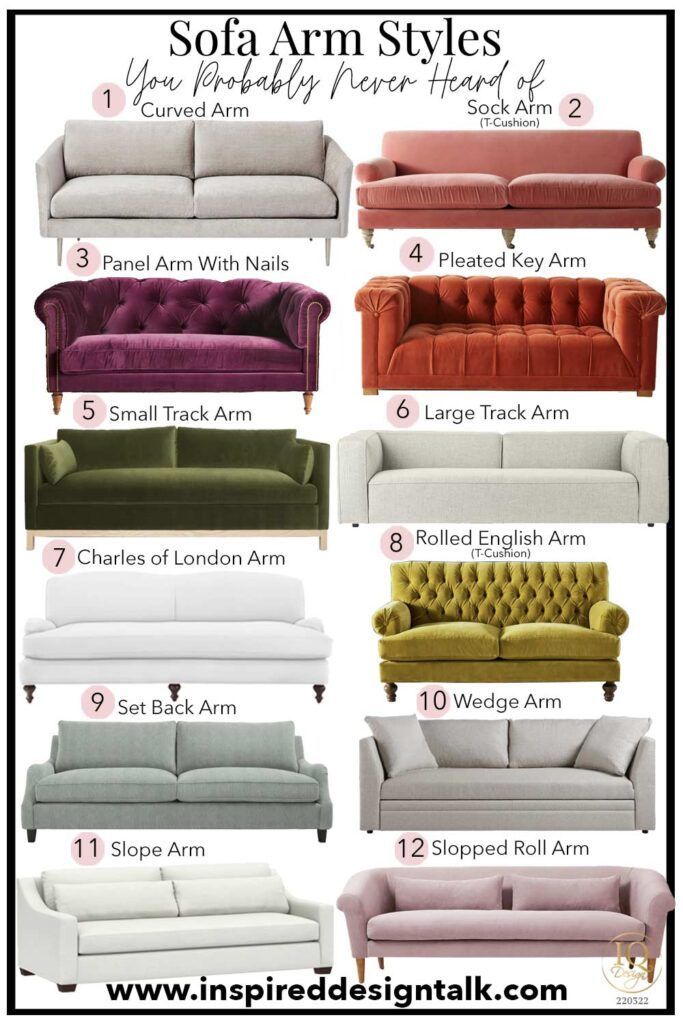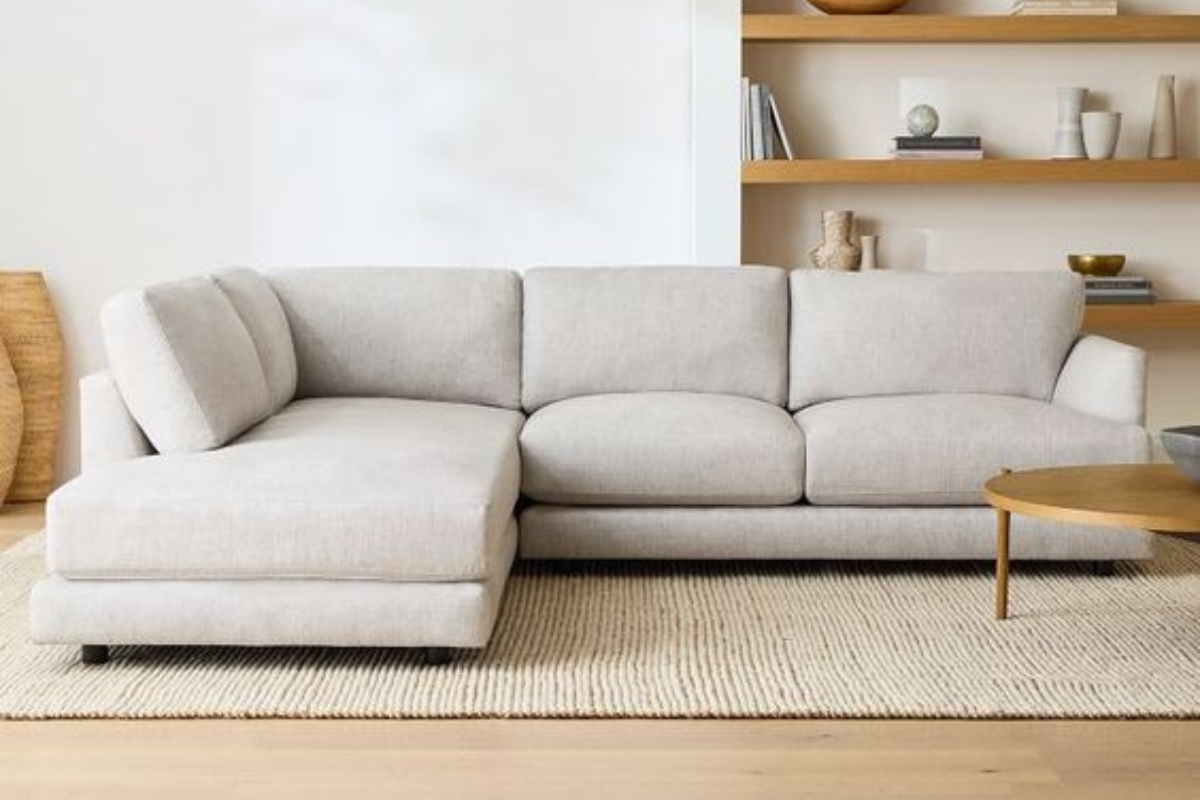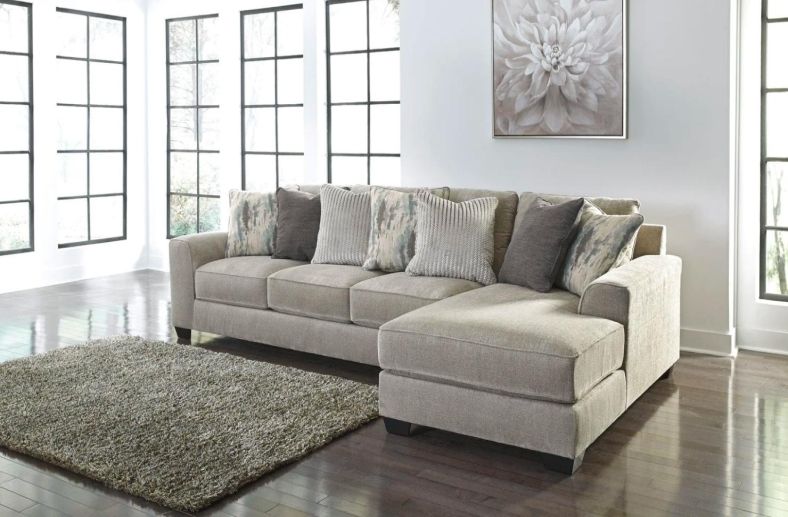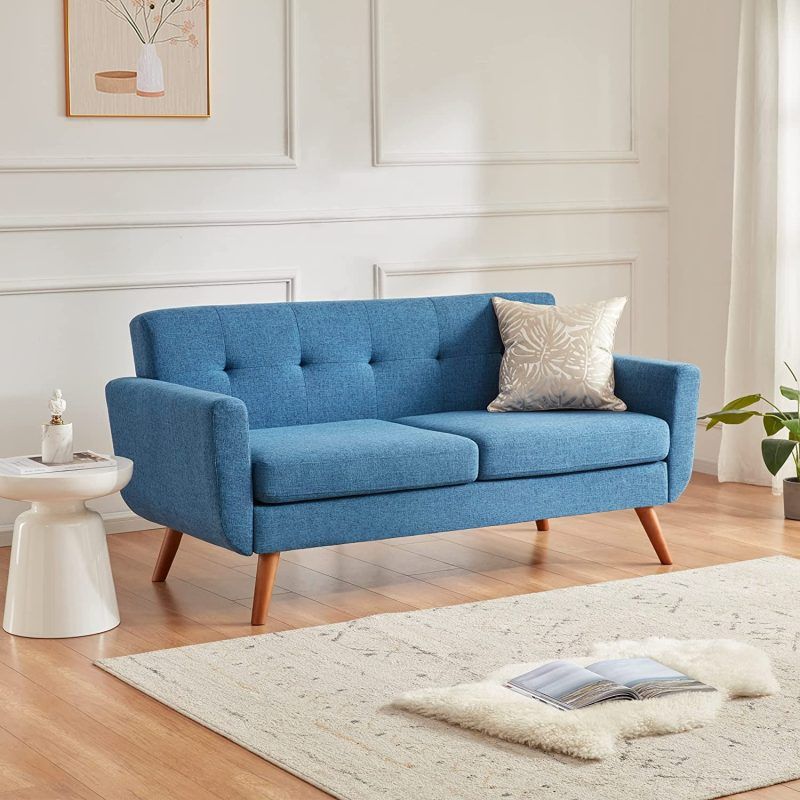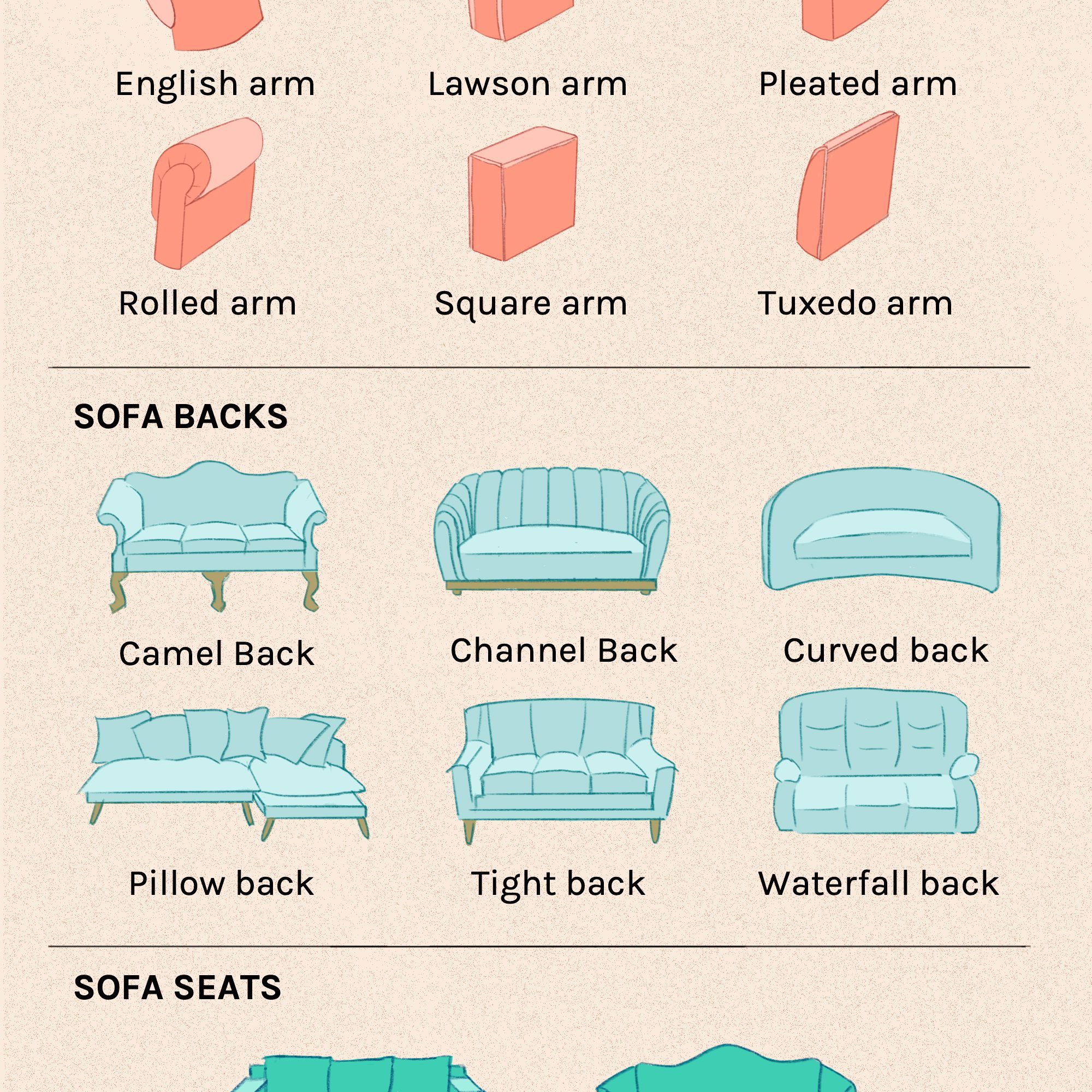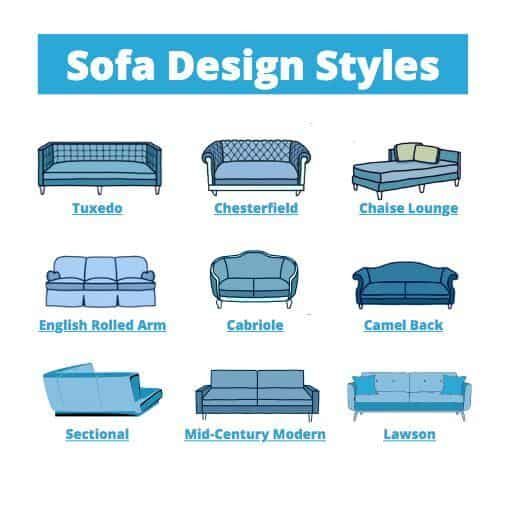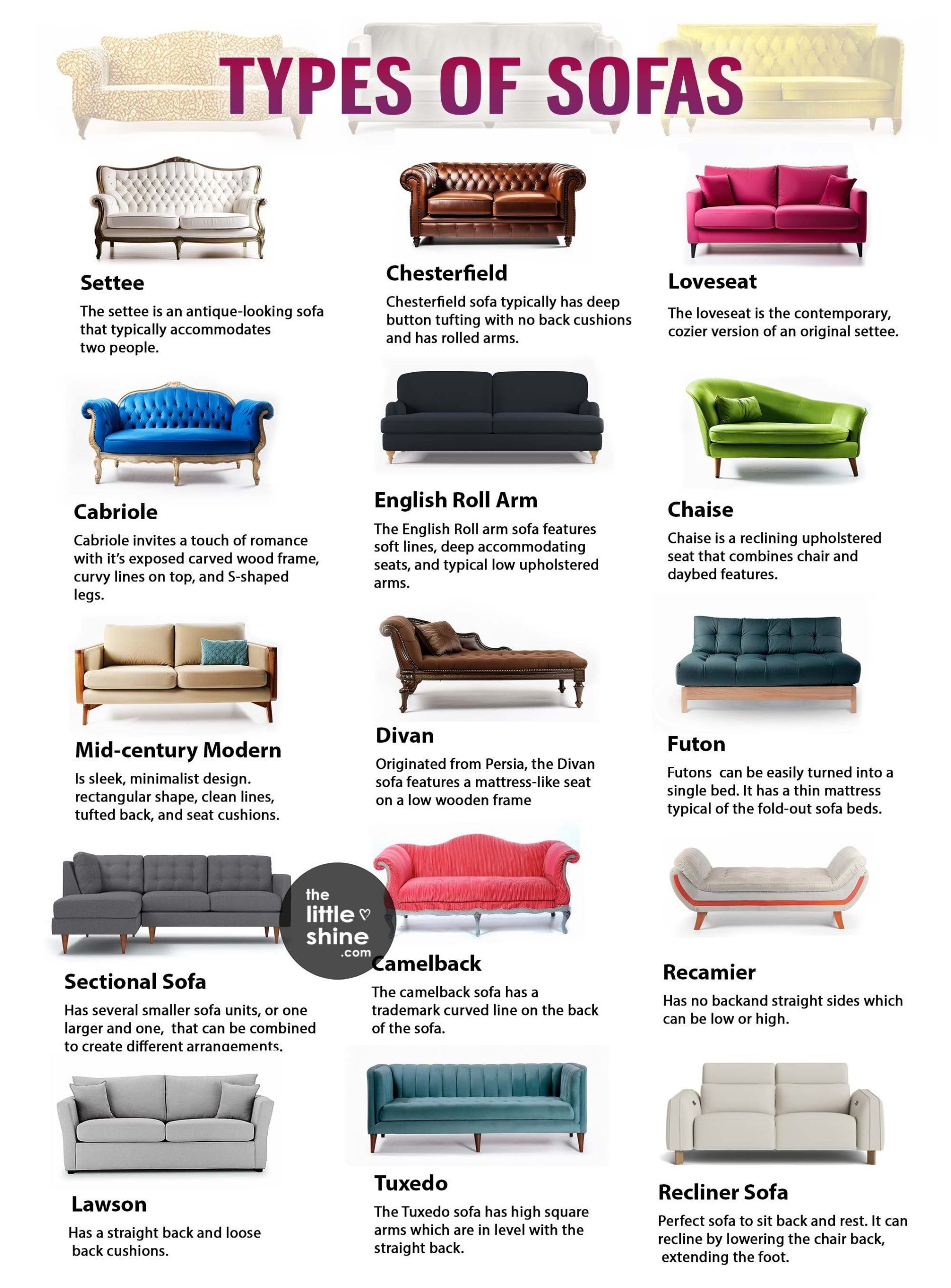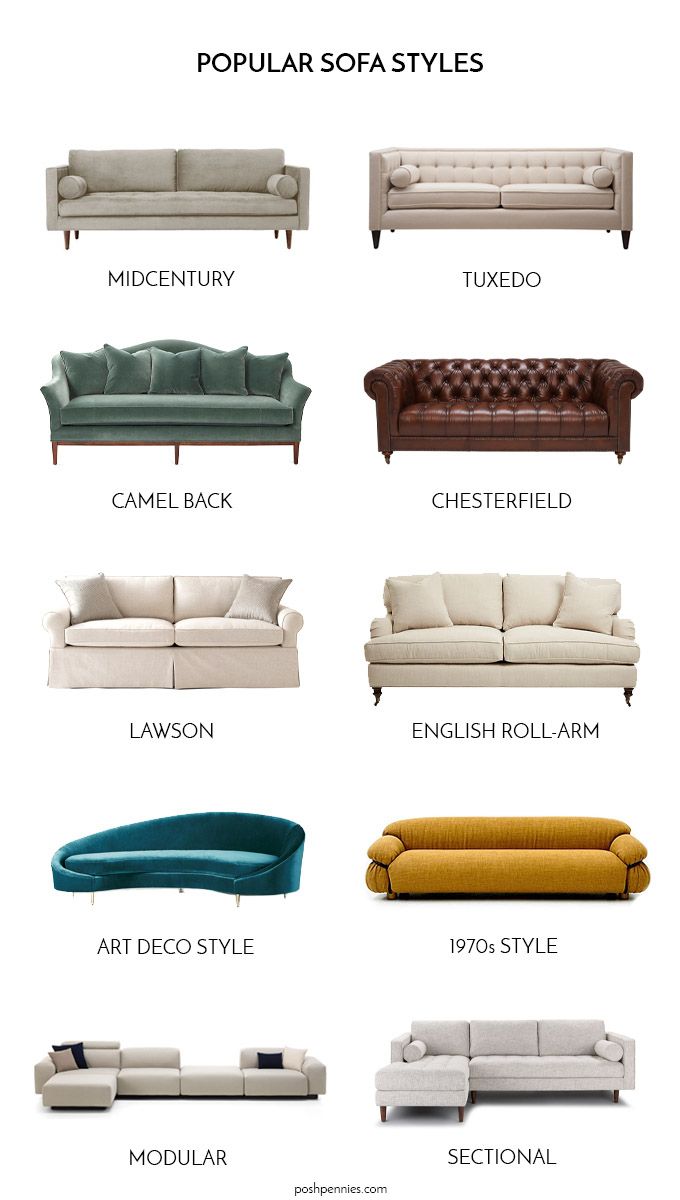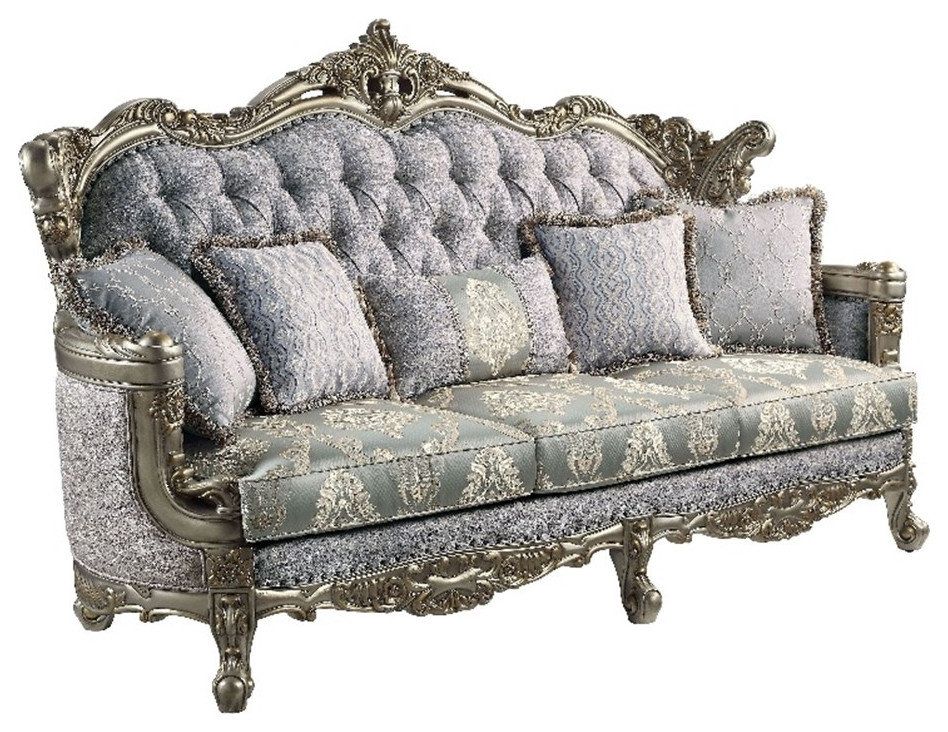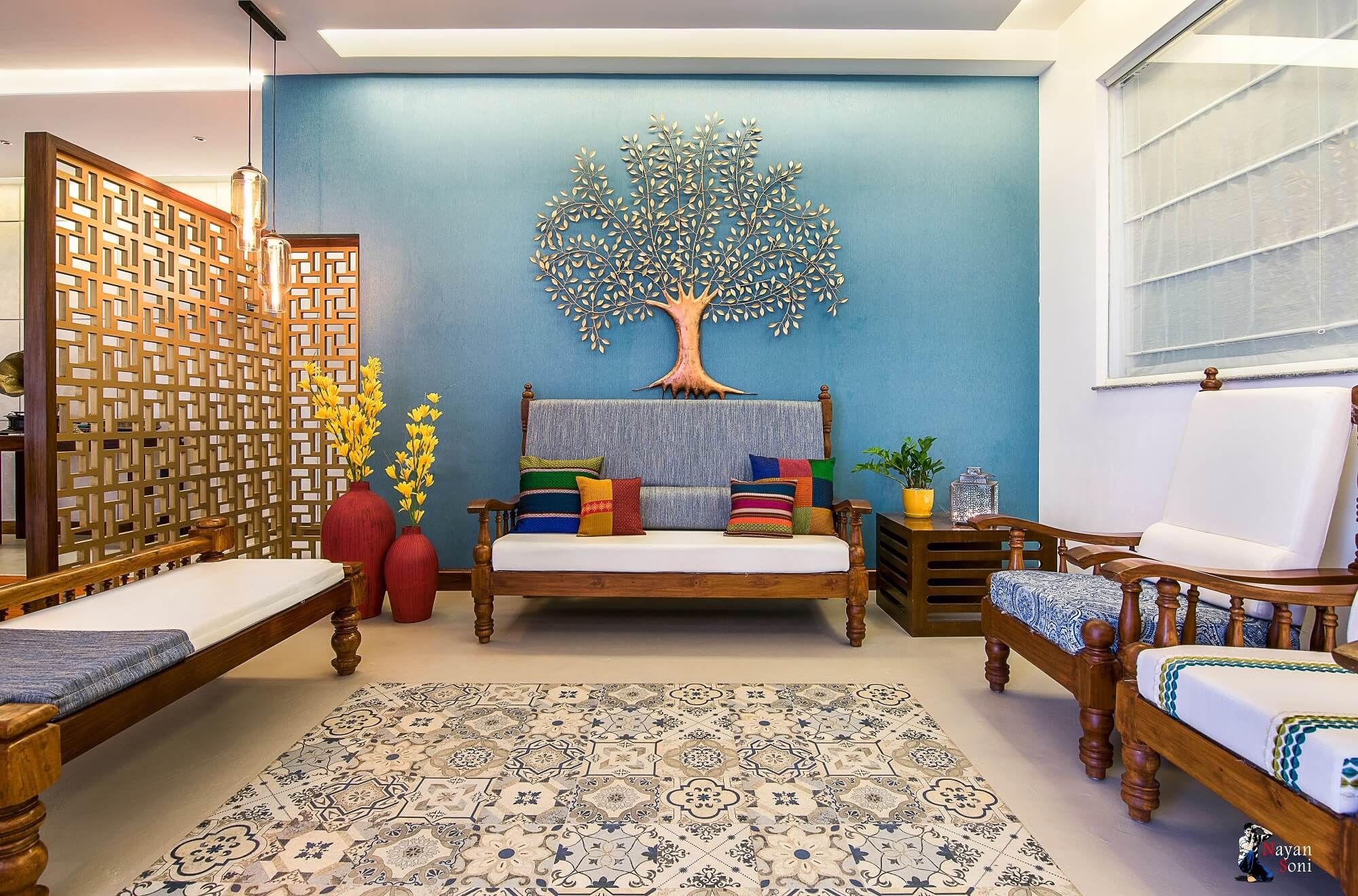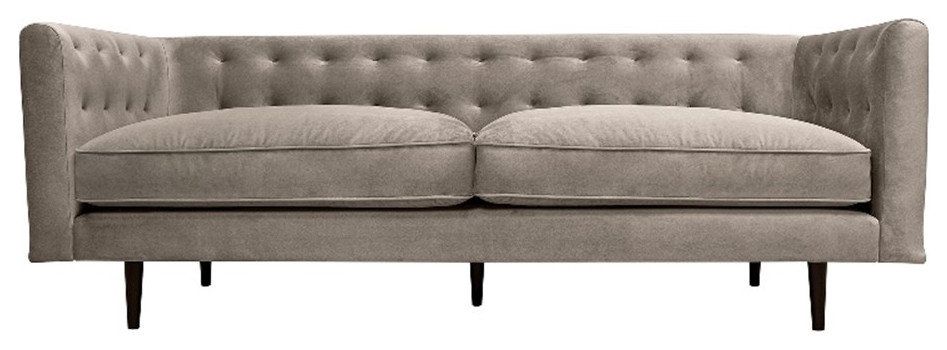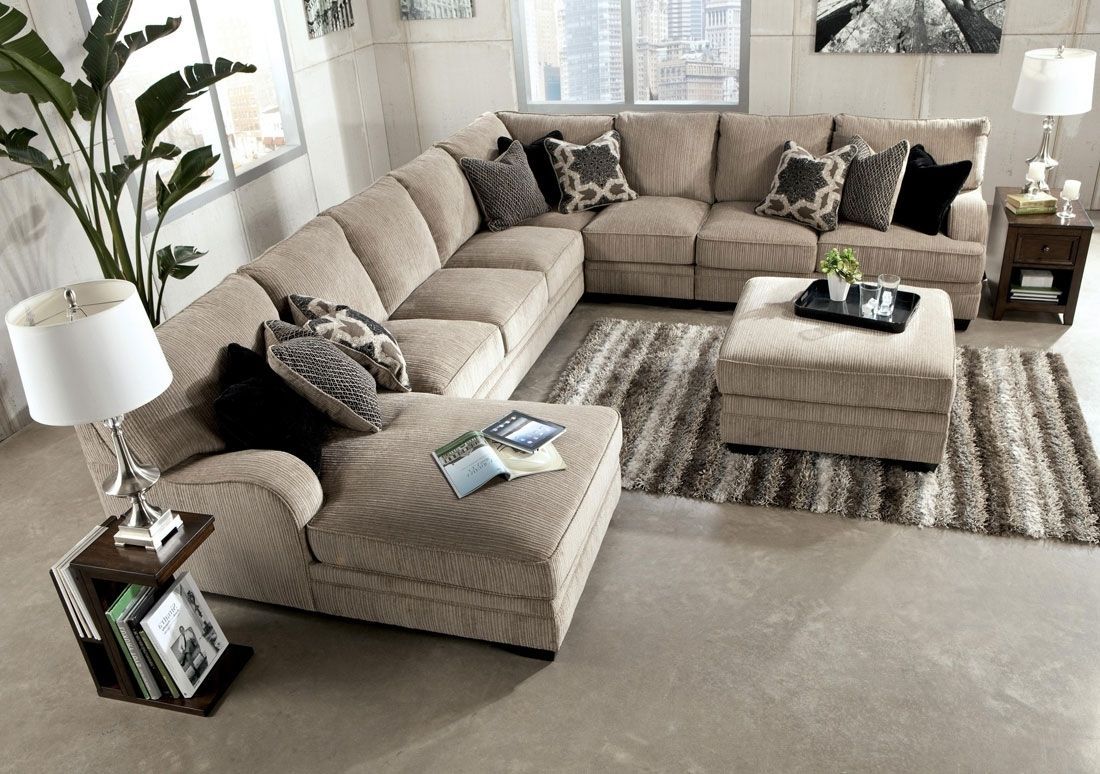Welcome, color enthusiasts. I’m thrilled you’re here. Choosing paint colors, for your home can be a joy, or it can be a total headache. I’ve been there. I’ve stared at endless paint swatches, second-guessed my choices, and even ended up repainting a room (or two!). But over time, I’ve learned a thing or two about how to make the process easier, more enjoyable, and ultimately, more successful. This guide is all about sharing those lessons with you, so you can confidently choose the right paint colors and transform your space into something you absolutely adore.
Your home is your sanctuary, your place to relax, recharge, and express yourself. The colors you choose play a huge role in setting the mood and feel of your living space. Paint isn’t just about aesthetics; it influences how you and others feel in a room. A well-chosen color can make a room feel larger, cozier, more energetic, or more calm. Getting the right paint color can be the difference between a house you love and a house that just feels… off. This guide will walk you through everything you need to know to make informed, inspired color choices, from understanding color theory to selecting the perfect shades for each room. Let’s get started, shall we?
Understanding the Basics of Color Theory
Before diving into specific colors, let’s talk about the fundamentals. Color theory is the groundwork for understanding how colors work together. It’s not as complicated as it sounds, I promise!
- The Color Wheel: This is your best friend. It shows the relationships between colors.
- Primary Colors: Red, yellow, and blue – these are the building blocks. You can’t create them by mixing other colors.
- Secondary Colors: Orange, green, and purple – made by mixing two primary colors.
- Tertiary Colors: Created by mixing a primary color with a nearby secondary color (e.g., red-violet, yellow-green).
- Color Harmonies: These are combinations of colors that create pleasing effects. Some common ones include:
- Complementary: Colors opposite each other on the wheel (e.g., blue and orange). These create high contrast.
- Analogous: Colors next to each other on the wheel (e.g., blue, blue-green, and green). These create a harmonious, calm feel.
- Triadic: Three colors equally spaced on the wheel (e.g., red, yellow, and blue). These are vibrant and balanced.
Understanding these basics helps you make more informed color decisions and avoid clashing combinations. For example, if you want a calming bedroom, you might opt for analogous colors like blues and greens.
Considering Light and Space
Light plays a huge role in how a paint color appears. The amount of natural light a room receives, as well as the type of artificial lighting you use, can significantly alter the way a color looks on your walls.
Natural Light:
- North-facing rooms: Tend to receive cooler, more muted light. Warmer colors (like yellows, oranges, and reds) can help brighten these spaces.
- South-facing rooms: Get the most sunlight, and colors can appear brighter. You can use both warm and cool colors in these rooms.
- East-facing rooms: Receive sunlight in the morning and can appear cooler in the afternoon.
- West-facing rooms: Get sunlight in the afternoon, which can make colors appear warmer.
Artificial Light:
- Incandescent bulbs: Cast a warm, yellow glow, which can make colors appear warmer.
- LED bulbs: Come in a range of color temperatures. Choose bulbs with a warm white (around 2700K) for a cozy feel, or a cool white (around 4000K) for a brighter, more modern look.
Room Size: Darker colors can make a small room feel smaller, while lighter colors can make it feel more spacious. However, don’t be afraid of dark colors in small spaces if you love them; just consider the overall effect and the lighting. For example, a small powder room can look amazing with a bold, dark accent color, contrasted with bright white trim.
Picking Your Perfect Paint Finishes
Paint finish, or sheen, affects both the appearance and durability of your walls. Choosing the right finish is just as important as selecting the right color.
- Flat: No shine, absorbs light. Great for ceilings and low-traffic areas. It hides imperfections well, but it’s less durable and harder to clean.
- Matte: Very low sheen, slightly more durable than flat. Offers a soft, velvety look and is a good choice for living rooms and bedrooms.
- Eggshell: Low sheen, easy to clean, and more durable than flat or matte. A good choice for hallways and dining rooms.
- Satin: A slight sheen, offers good durability and washability. Versatile and works well in many areas, including kitchens and bathrooms.
- Semi-Gloss: Moderate sheen, very durable and easy to clean. Great for trim, doors, and areas that get a lot of wear and tear, like kitchens and bathrooms.
- Gloss: High sheen, very durable, and reflects a lot of light. Used for trim, doors, and furniture where a high-shine look is desired.
Consider the room’s purpose and the amount of traffic it receives when choosing a finish. For example, a kitchen will need a more durable, washable finish like satin or semi-gloss, while a bedroom can get away with a softer finish like eggshell or matte.
Testing and Sampling Your Colors
Never, ever, ever skip this step. Paint swatches in the store can be deceiving. The way a color looks on a small swatch under fluorescent lights is drastically different from how it will appear on a large wall in your home with your lighting.
- Get Samples: Buy small sample pots of your top color choices. Paint large swatches (at least 2×2 feet) on different walls in the room.
- Observe at Different Times of Day: Look at the swatches throughout the day, under different lighting conditions. See how the color changes in the morning, afternoon, and evening.
- Consider the Existing Decor: Hold your paint swatches next to your furniture, flooring, and other décor to see how they complement each other.
- Live With It: Ideally, let the swatches sit on your walls for a few days before making a final decision. This will give you a better sense of how the color feels in the space.
This step is crucial to avoid costly mistakes and ensure you love the final result. I recommend testing out multiple colors before making a final commitment. Don’t be afraid to experiment and try out some bold choices.
Choosing Colors for Different Rooms
Each room in your home has a different purpose, and the colors you choose should reflect that.
- Living Room: This is often the heart of the home, so you want a color that’s inviting and comfortable. Consider warm neutrals like greiges (a mix of gray and beige), soft grays, or calming blues and greens.
- Bedroom: The bedroom should be a sanctuary for rest and relaxation. Opt for soothing colors like soft blues, greens, lavenders, or warm neutrals. Avoid overly stimulating colors like bright reds or oranges.
- Kitchen: The kitchen is a hub of activity, so choose a color that’s both functional and appealing. Whites, creams, and light grays are classic and create a clean, bright look. You can also add pops of color with accessories and appliances.
- Bathroom: Bathrooms often benefit from lighter colors that make the space feel clean and airy. Consider whites, light blues, greens, or even a spa-like gray.
- Home Office: Colors that promote focus and productivity are key. Consider neutral colors like off-whites, light grays, and soft blues. You could also add an accent wall in a more vibrant color to boost creativity.
Common Paint Color Mistakes (and How to Avoid Them)
We all make mistakes, right? Here are some common pitfalls to avoid when choosing paint colors:
- Choosing Too Quickly: Don’t rush the process. Take your time, test samples, and live with the colors before making a commitment.
- Ignoring the Lighting: Lighting is everything. Always consider the amount and type of light in your room.
- Not Considering Your Existing Decor: Make sure your paint color complements your furniture, flooring, and other décor.
- Following Trends Blindly: Trends come and go. Choose colors that you truly love, and that will stand the test of time.
- Underestimating the Impact of Color: Don’t underestimate the power of color to transform a space. Be bold, be creative, and have fun with it!
By avoiding these common mistakes, you can increase your chances of creating a home you absolutely adore. Remember, it’s about finding colors that reflect your personality and make you feel good.
Choosing the right paint colors can seem like a daunting task, but with a little knowledge and planning, it can be an exciting and rewarding experience. By understanding color theory, considering lighting and space, testing samples, and choosing colors that reflect your personal style, you can transform your home into a space that you absolutely love. Remember to take your time, trust your instincts, and have fun with the process. Happy painting, and I can’t wait to see the beautiful spaces you create. Now go forth, and make your house a home, one color at a time. You’ve got this, and remeber to enjoy the journey, it’s all part of the fun and the process. And don’t be afraid to make some minor spelling mistakes, it happens to the best of us.
